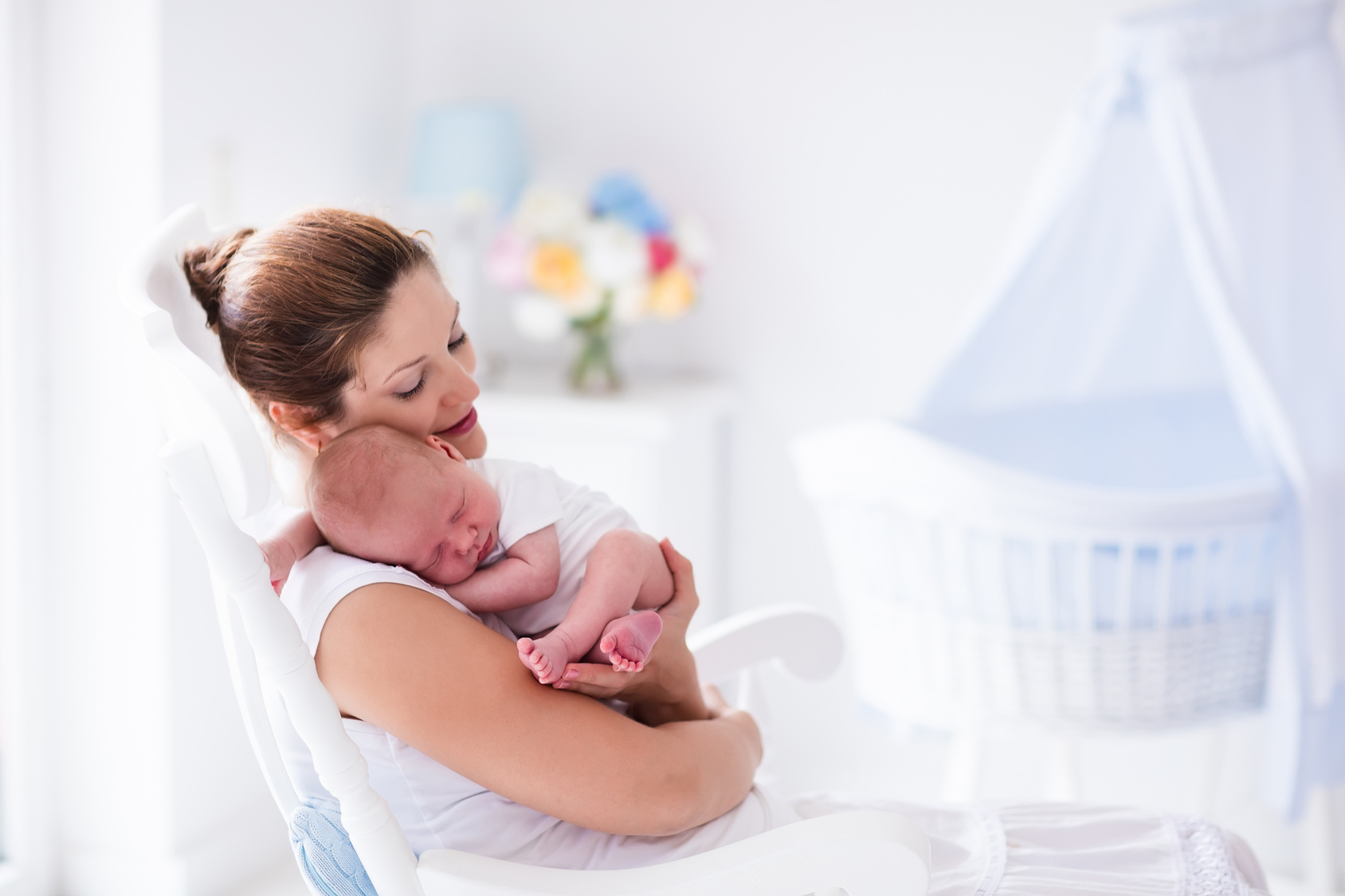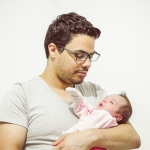In 2016, the American Academy of Pediatrics (AAP) issued new infant sleep guidelines, recommending that infants should sleep in the same room as their parents – on a separate firm sleep surface, such as a crib or bassinet — to decrease the risk of SIDS and other sleep-related deaths. The following 19 recommendations are based on epidemiologic studies which have identified risk factors for sleep-related deaths during the first year of life:
- Back to sleep for every sleep.
- Use a firm sleep surface.
- Breastfeeding is recommended.
- It is recommended that infants sleep in the parents’ room, close to the parents’ bed, but on a separate surface designed for infants, ideally for the first year of life, but at least for the first 6 months.
- Keep soft objects and loose bedding away from the infant’s sleep area to reduce the risk of SIDS, suffocation, entrapment, and strangulation.
- Consider offering a pacifier at nap time and bedtime.
- Avoid smoke exposure during pregnancy and after birth.
- Avoid alcohol and illicit drug use during pregnancy and after birth.
- Avoid overheating and head covering in infants.
- Pregnant women should obtain regular prenatal care.
- Infants should be immunized in accordance with recommendations of the AAP and Centers for Disease Control and Prevention.
- Avoid the use of commercial devices that are inconsistent with safe sleep recommendations.
- Do not use home cardiorespiratory monitors as a strategy to reduce the risk of SIDS.
- Supervised, awake tummy time is recommended to facilitate development and to minimize development of positional plagiocephaly.
- There is no evidence to recommend swaddling as a strategy to reduce the risk of SIDS.
- Health care professionals, staff in newborn nurseries and NICUs, and child care providers should endorse and model the SIDS risk-reduction recommendations from birth.
- Media and manufacturers should follow safe sleep guidelines in their messaging and advertising.
- Continue the “Safe to Sleep” campaign, focusing on ways to reduce the risk of all sleep-related infant deaths, including SIDS, suffocation, and other unintentional deaths. Pediatricians and other primary care providers should actively participate in this campaign.
- Continue research and surveillance on the risk factors, causes, and pathophysiologic mechanisms of SIDS and other sleep-related infant deaths, with the ultimate goal of eliminating these deaths altogether.
While these recommendations on room-sharing are based on solid scientific research, they do not fully take into consideration the particular needs and circumstances of individuals. While many, if not most, mothers sleep in the same room as their new infant for some period of time, prolonged room-sharing is often associated with significant sleep deprivation. Because sleep disturbance is potentially a risk factor for postpartum depression (PPD), we often recommend that women at risk for PPD make efforts to protect their sleep and often recommend that women may sometimes choose to sleep in a different room.
Our recommendations run counter to the current AAP guidelines. While these 19 recommendations are made to educate new parents and to guide infant care practices, new parents often approach them as iron-clad, not-to-be-broken rules. This seems to be particularly true in women who suffer from postpartum anxiety where worries about the infant’s health and safety can become debilitating and contribute to a perpetual sense of hypervigilance.
The INSIGHT study, reviewed in Medscape, suggests that the AAP recommendations on room-sharing may actually lead to worse sleep outcomes in infants and behaviors which increase risk for sleep-related deaths. Overnight sleep duration was similar in room-sharing versus independent sleepers at four months of age; however, the longest single sleep period for independent sleepers was 46 minutes longer (P= than room-sharing infants. In addition, the researchers observed room-sharers were four times as likely to transition to bed-sharing overnight (at both 4 and 9 months) than parents with independent sleepers.
The authors also note, “The AAP recommendation to room-share until the age of 1 year conflicts with sleep expert guidance, which recognizes developmental changes that occur over the first year. The suggestion that parents wait to move the infant out of their bedroom until the end of the first year, when separation anxiety is normative and increasing, is likely to result in frustrated parents and unhappy infants. It also conflicts with other data that room-sharing is associated with more sleep disruption for mothers.”
They conclude by stating that “the AAP recommendation that parents room-share with their infants until the age of 1 year is not supported by data, is inconsistent with the epidemiology of SIDS, is incongruent with our understanding of socioemotional development in the second half of the first year, and has the potential for unintended consequences for infants and families. Our findings showing poorer sleep-related outcomes and more unsafe sleep practices among dyads who room-share beyond early infancy suggest that the AAP should reconsider and revise the recommendation pending evidence to support room-sharing through the age of 1 year.”
Ruta Nonacs, MD PhD
Paul IM, et al. Mother-Infant Room-Sharing and Sleep Outcomes in the INSIGHT Study. Pediatrics, June 2017.
Room-Sharing for Infants Up for Debate: Data differ from earlier AAP policy statement (Reviewed in Medscape).








Leave A Comment